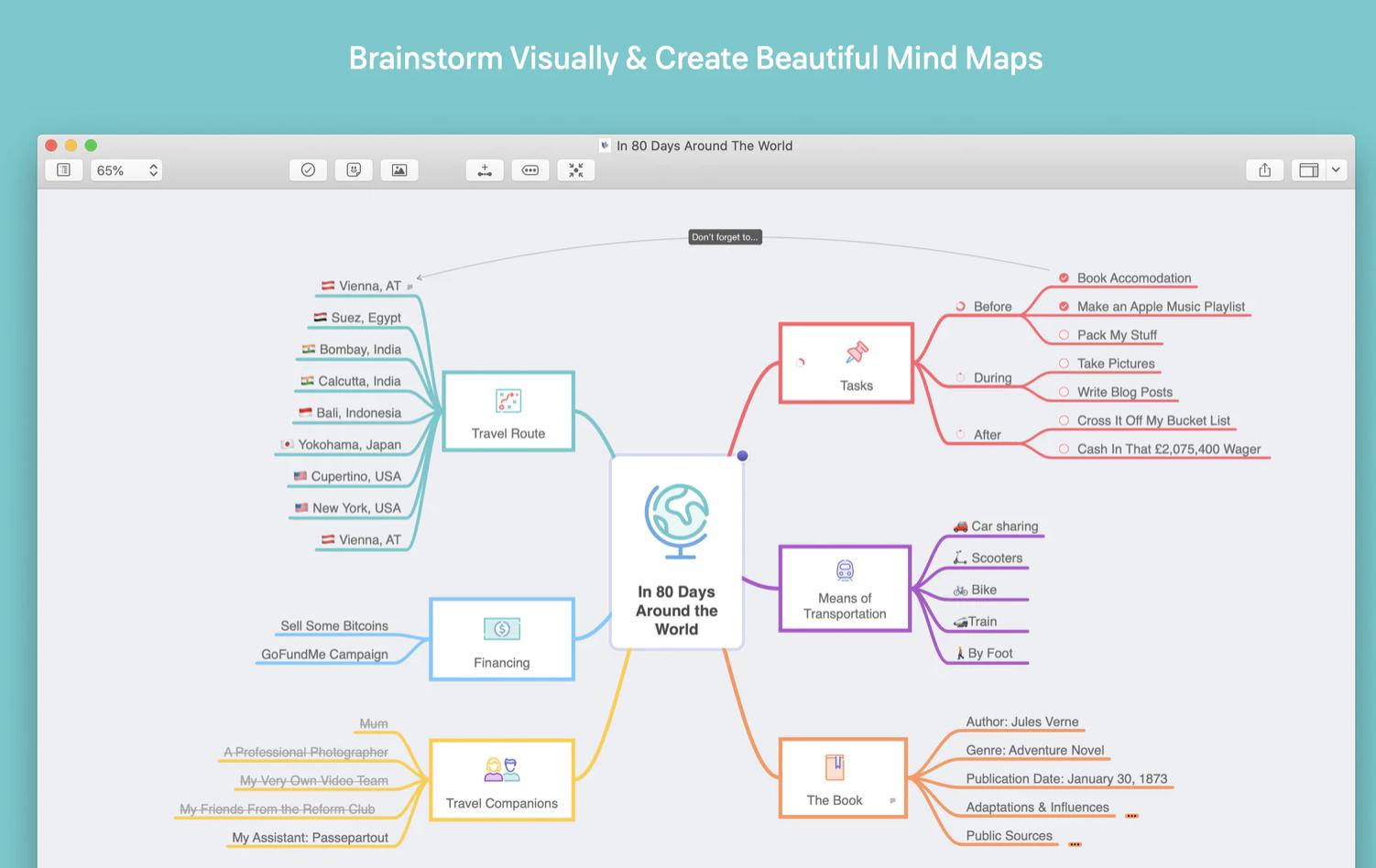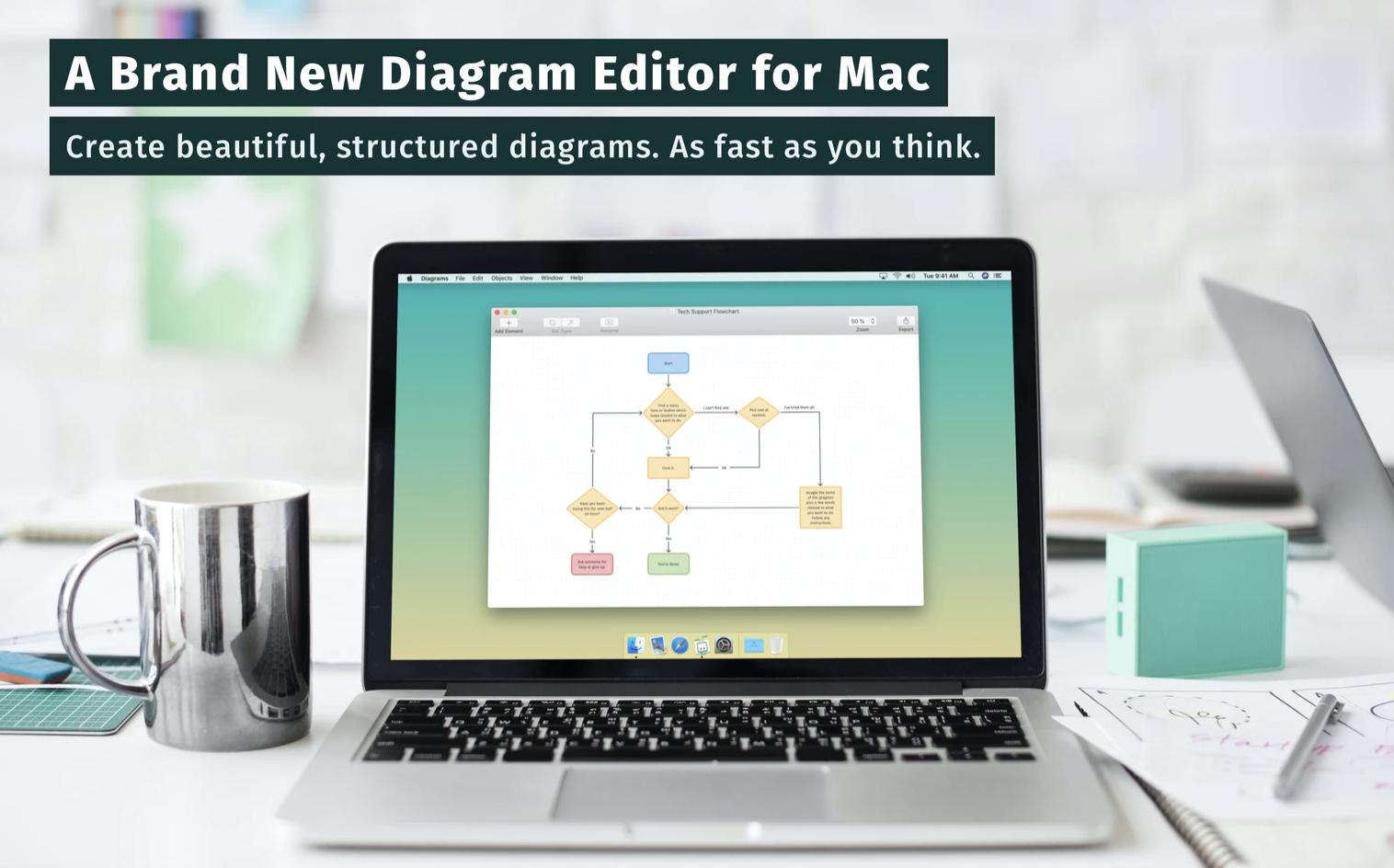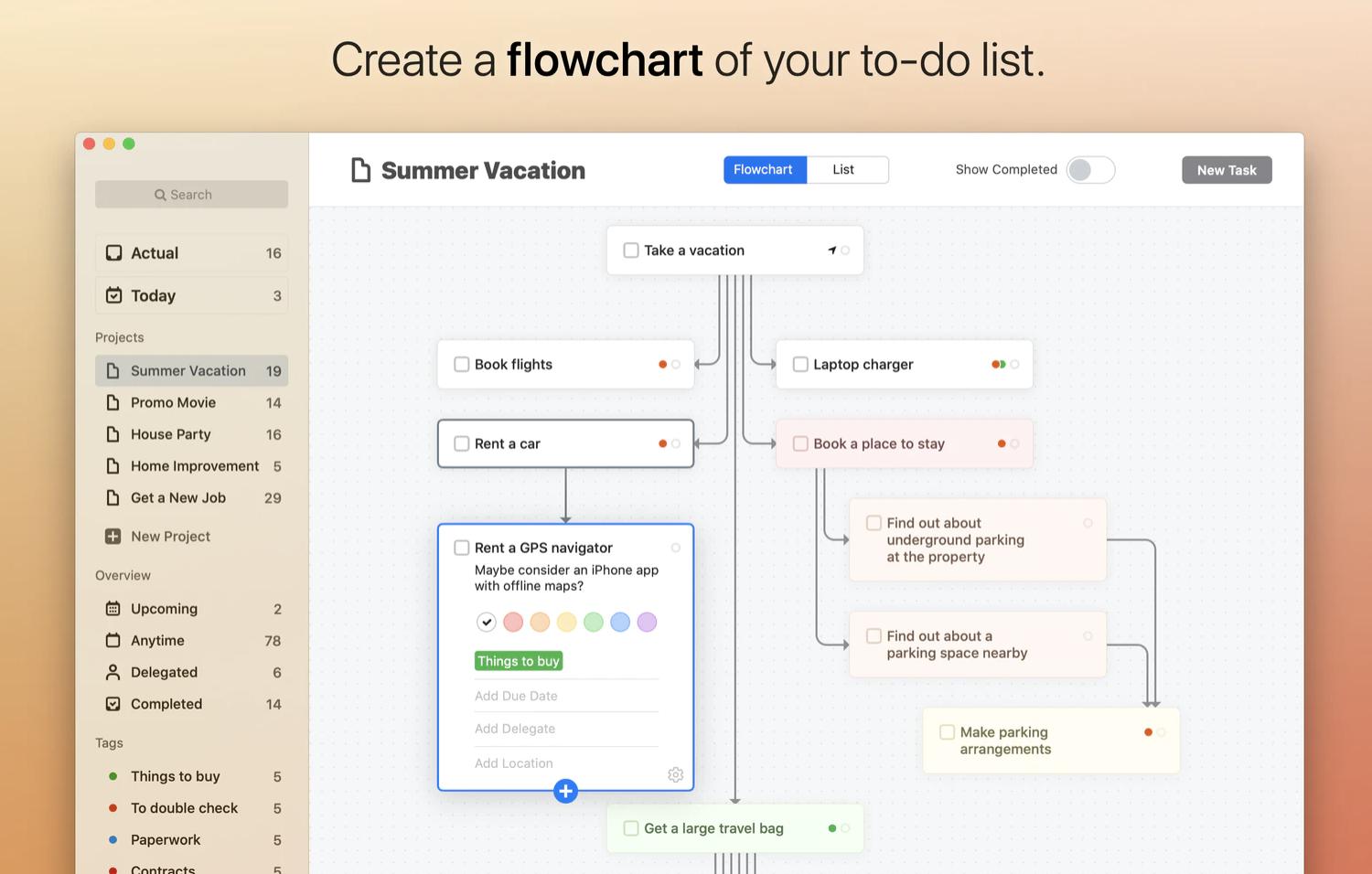Brainstorming: definition and techniques
Brainstorming can be a useful practice to be in when you have complex issues that need to be distilled to smaller tasks or more granular projects. Rather than trying to take on a project without a plan, brainstorming helps you formulate a strategy, which is especially useful when working with a team.
The act of brainstorming helps encourage new ideas, and helps you find creative solutions to problems. Because it's engaging and immersive, brainstorming helps everyone on a team feel satisfied they've contributed, and keeps people motivated to succeed.
We'll walk you through the basics on how to brainstorm, give you some brainstorming ideas that work for any project, and discuss some brainstorming activities that can help you practice and become great at brainstorming your way through anything.
What is brainstorming?
Brainstorming is the act of critically thinking about a problem or project, and discovering the tasks necessary to complete the project or overcome an obstacle. Instead of divvying up work and leaving coworkers to decide on a solo path forward, brainstorming games and activities help everyone work together to find solutions. Generally speaking, there are three types of brainstorming.
So what are the three types of brainstorming? Verbal, nominal group technique, and electronic:
Verbal brainstorming: The original brainstorming technique founded int he 1950’s, verbal brainstorming involves one person taking notes while others in the room speak their ideas out loud so the note taker can log them.
Nominal group technique: This builds on verbal brainstorming by allowing everyone in the group to rank ideas, then use the ranking system to decide which ideas are best. The concept here is that when everyone has an interest in the scope of the project, they become more invested in the outcome.
Electronic: Electronic brainstorming is most often used for remote teams, where an app or platform allows everyone to log their ideas and note the progress of a plan. It’s become more popular of late as teams become remote-first, and are spread out around the globe.
When to use brainstorming
Any time you or your team feel there’s a large, complex issue that needs to be addressed, brainstorming is a good practice to be in. It helps you identify each part of the issue or project, then consider the smaller tasks necessary to complete your goals.
Often, brainstorming helps you identify where work on one sub-task will coincide or interfere with another task. This is why brainstorming for larger projects is important; the more you are able to appreciate where issues may arise, the easier it is to handle those problems as they arise.
Individual brainstorming
Individual brainstorming is when you plot a course for a private project or issue using brainstorming techniques to help you find a path to success.
An example: let’s say you want to lose weight. You may know that diet and exercise is important, but finding what’s best for you is also critical.
You may want to brainstorm a few things, like types of exercise, and which diet plan is best for you. In one section of a brainstorming diagram you may have “exercise” noted, and some ideas on types of exercise you want to do. You may also consider if a gym membership is worth investing in, or if you should be working out at home. You may not be able to do certain exercises that are recommended for weight loss, so you’d need to find alternatives.
Without brainstorming your plan to lose weight, you may become discouraged and give up.
Group brainstorming
Brainstorming for groups or teams is a useful way to find out how to complete a project without interruptions.
For example, let’s say your team wants to ship a new product. Brainstorming would help you all understand the timeframe for the overall project, and openly discuss what each team needs to do to facilitate the end result – and how those tasks affect other teams and fit into the overall scope of the project.
The design team may rely on the product team to provide important data ahead of the design process beginning, while the marketing team would be ideating how to position a product to consumers while others are working on the product itself.
Without a brainstorming session, each team would be requesting items other teams may not have been working on, and it could derail the entire project. When each team understands what they have to do, when they have to complete a task, and why it’s critical to success, everyone feels comfortable in their role within the project.
Brainstorming Techniques
Mindmapping. One of the most popular forms of visual brainstorming, mindmapping creates a multi-dimensional flowchart for ideas and projects, all centered around the desired end result.
Brainwriting. This technique asks team members to log their ideas anonymously, which are either shared to others on the team anonymously for feedback, or gathered by team leaders. Ideas are then implemented by leadership as necessary.
Figure storming. This lets teammates roleplay as historical figures to discover solutions to a problem. Someone may be asked how Steve Jobs would ship the product a team is working on, and the person ‘figure storming’ Steve Jobs would need to think how Jobs would lead the tam to success.
Gap filling. While mindmapping is a critical component for visualizing a project, gap filling is the iterative process of asking yourself what’s missing to ensure things move smoothly. Your tea may be missing critical information at a crucial juncture; gap filling helps you identify that need before it’s too late.
-
Round robin brainstorming. This allows everyone in a group to answer each question posed by a leader or moderator, ensuring everyone has an equal say in each step of the process.
-
Sticky storm technique. The sticky storm method of brainstorming asks each teammate to log their ideas on a sticky note, then attach them to a larger wall under specific tasks. This allows everyone to quietly note what they feel they need to do to help the project reach completion.
-
SWOT analysis. SWOT stands for “strengths, weaknesses, opportunities, and threats.” It’s less brainstorming and more analysis, with a four-panel grid representing each category for SWOT, where you can list things you feel are appropriate for each section.
-
Stepladder. This asks that all but two teammates leave the room while the team leader poses a question to the two teammates. Those two discuss a solution, then each teammate is invited in one by one to offer their solution to the problem to others in the room. The idea is that everyone gets a chance to contribute, and the solution becomes solidified as each teammate adds their input.
-
Reverse brainstorming. Instead of solving a problem, participants are asked to create issues. A team may be asked “what do we need to ship this product faster?” Each teammate can discuss what they feel is necessary for getting the product to consumers sooner, which would surface new problems that aren’t currently on the roadmap
-
Starbursting. Starbursting aims to simplify mindmapping down to a few core questions: who, what, where, when, how, and why. In focusing on these six topics, starbursting can help teams balance the workload, explore issues not yet considered, and define a winning strategy.
With mindmapping and electronic brainstorming both popular, MindNode is the perfect app for your next mindmapped project. MindNode’s gorgeous layouts let you visualize your project with ease, and each tasks can be assigned unique tags along with checkmarks to track the progress on your project. It supports Mac, iPhone, iPad, and even Apple WAtch so you can view or add to your project from anywhere.

MindNode is a stellar app for teams, as it encourages collaboration and interaction. MindNode is also available via Setapp, a low-cost subscription plan for teams that provides access to nearly 200 native Mac apps the entire team can take full advantage of.
Diagrams is a stellar app for creating flowcharts, which can help you quickly and easily decode your needs at any given point of a project, and for any task or sub-task. It allows teammates to identify the scope of the task at hand, and how to complete it so others on the team don’t fall behind as a result.

This app can also be found in Setapp, which supports Jamf deployment for your team, and syncs data across all of your Macs. All apps available in Setapp (over 190!) are ad-free, update automatically, and support single licensing and billing.
Stepladder problem solving can add complexity to a brainstorming session, which is why Taskheat is so critical for any team looking to engage in this methodology. Taskheat is sensational for listing items that need to be done, noting dependencies on other tasks, and adding sub-tasks to keep everyone productive. It’s great for helping teammates understand what they need to do, and how it affects everyone on the tam.

Taskheat is another impressive app found in the deep catalog of Setapp, which has nearly 200 incredible apps available for everyone on your team, or at your company. With everyone having access to the same apps and services with data synced reliably, you can have less meetings and accomplish more work.
Conclusion - Setapp for Teams
Brainstorming has many paths to success. Your team may not want to use the same method for each project, either.
Any method you or your team decide to implement will undoubtedly foster success, so don’t overlook brainstorming when your next big project ariseos. Encouraging team interaction and individual brainstorming will keep everyone focused on the end results.
The three apps mentioned here – MindNode, Diagrams, and Taskheat – are all excellent choices for your team, and can be used collectively or individually by team members. They’re each available as part of Setapp, an amazing suite of nearly 200 native Mac apps focused on productivity and success.
The entire Setapp catalog is available for free to your entire team for 14 days as part of a trial of Setapp. Everyone on the team can take full advantage of each app for two weeks, and discover how they can use the apps in Setapp to drive results and create a more harmonious workflow.
When the trial period ends, Setapp supports single billing, and is only $9.99 + tax per month for each user, and $7.99 + tax per month for each device Setapp needs to be available on. It’s an amazing bargain for a suite of over 260 apps, so don’t hesitate – give Setapp a try today!






